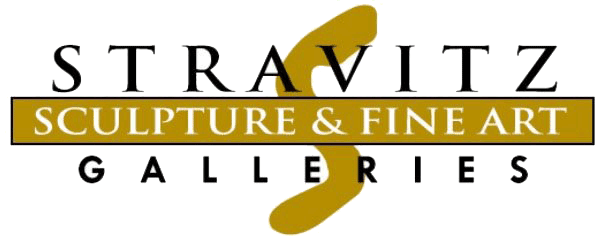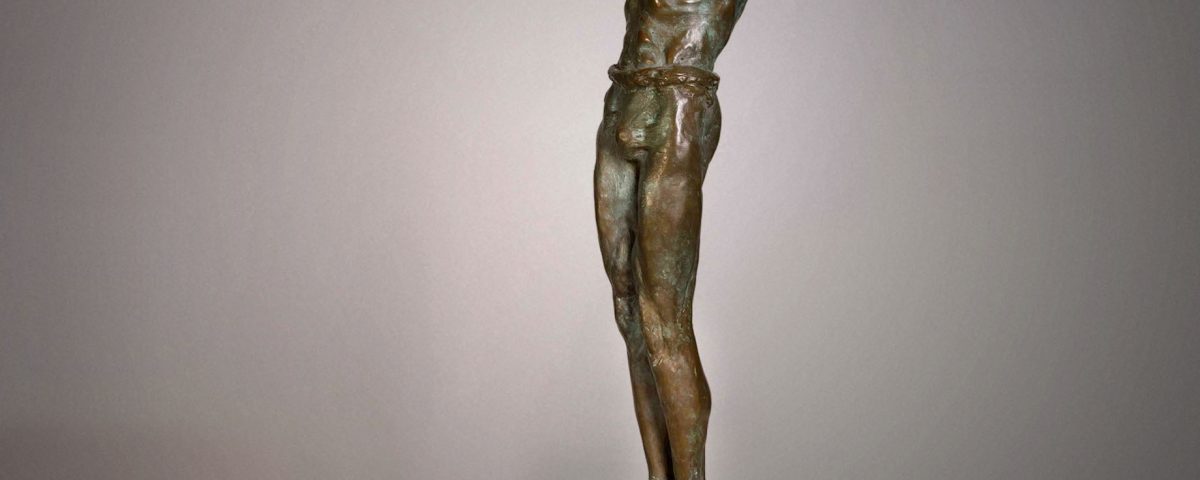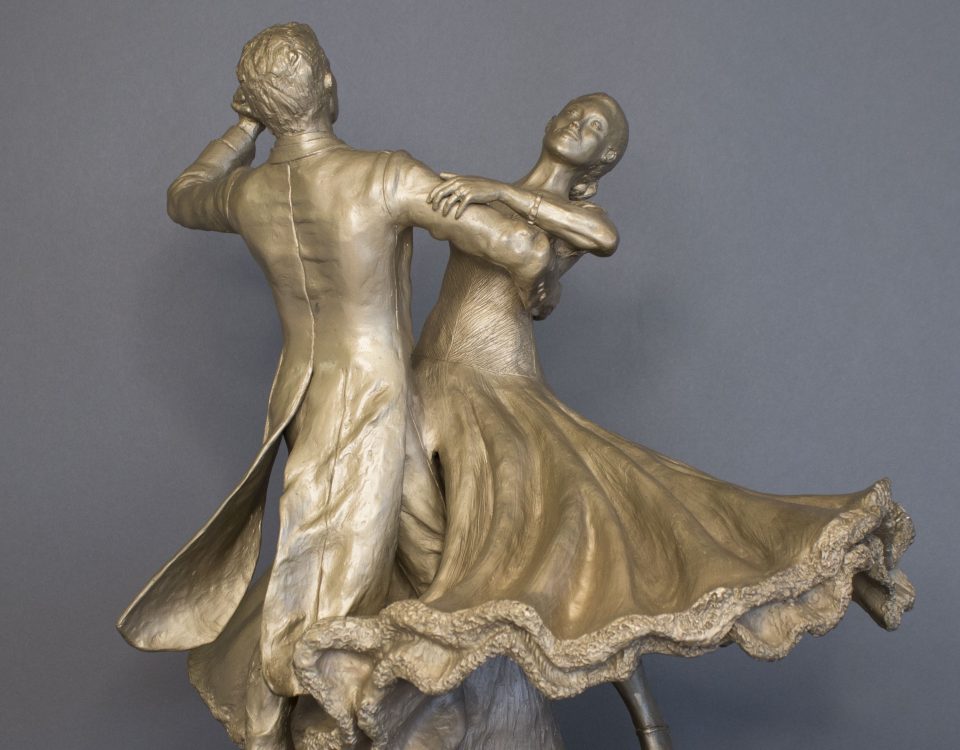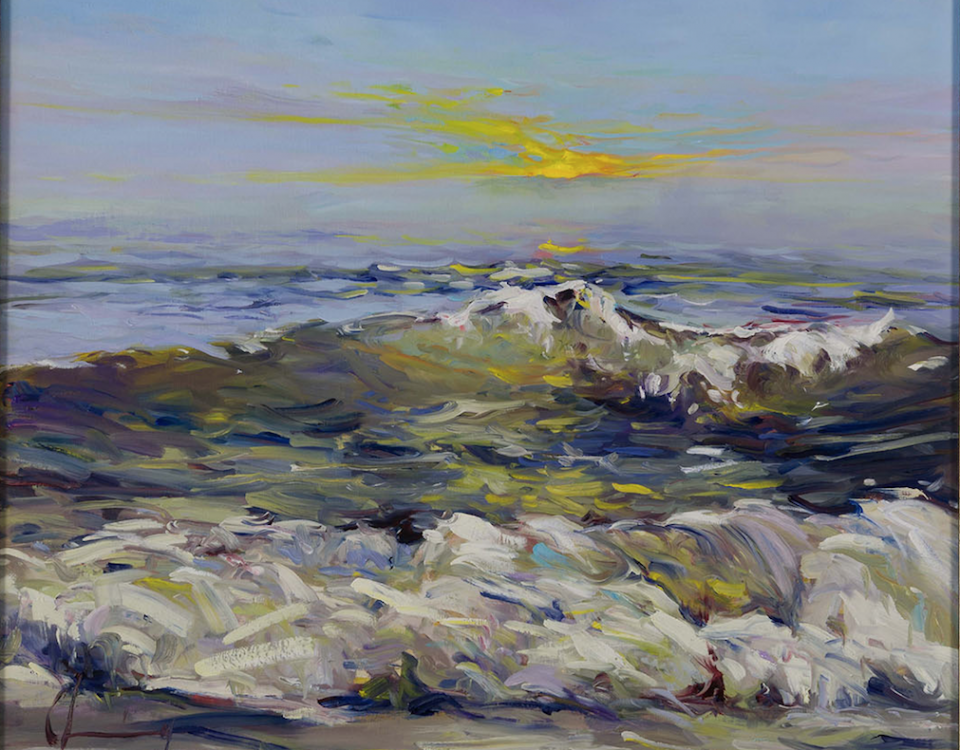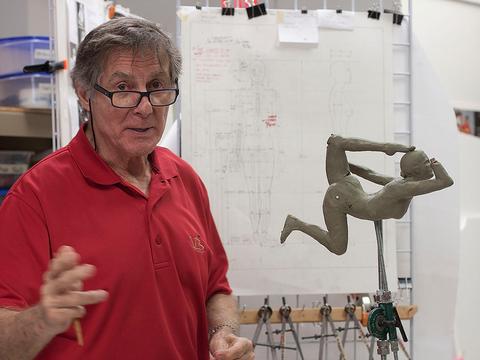
The Art of Decorating
March 26, 2018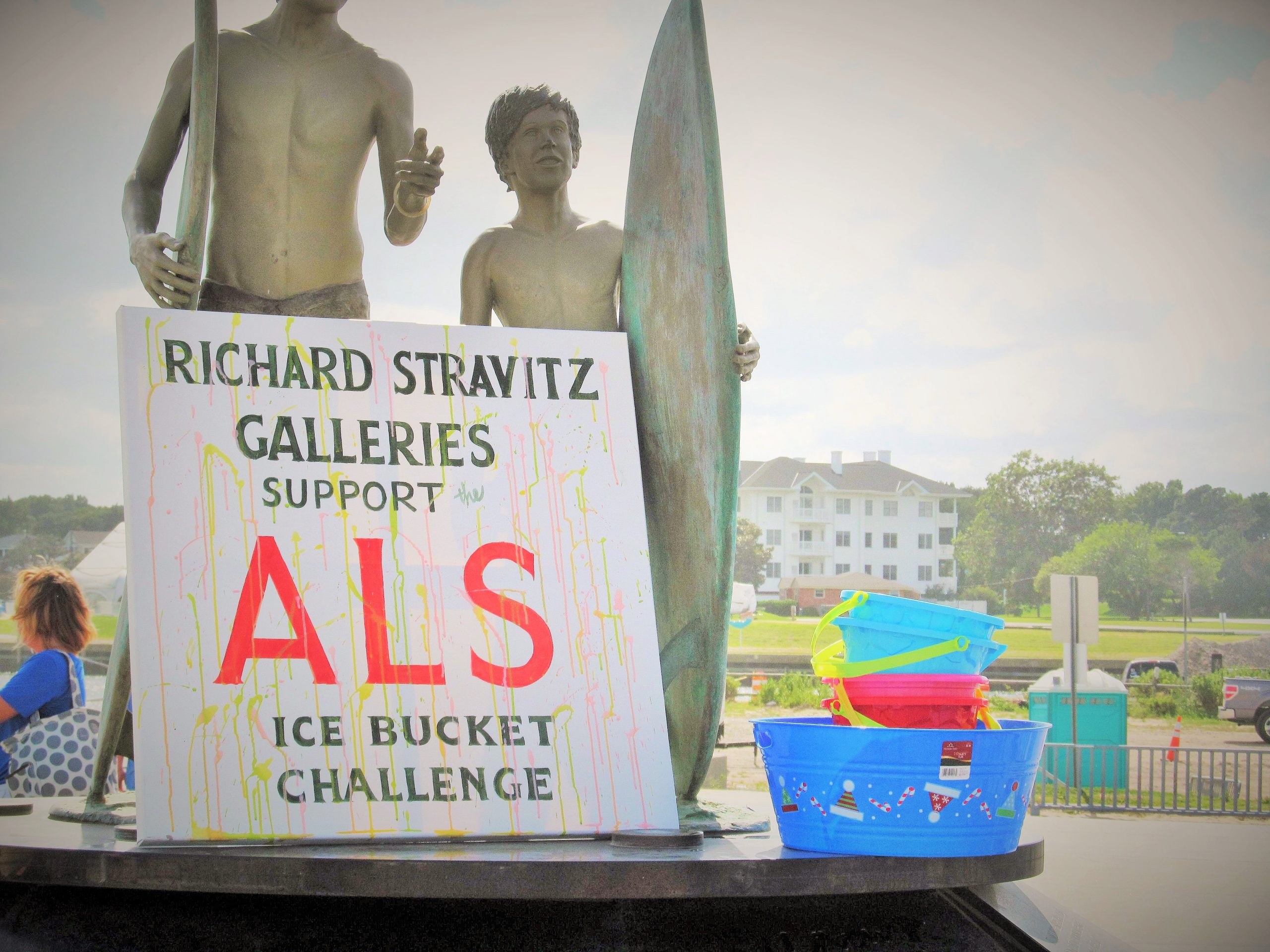
ALS Ice Bucket Challenge
March 26, 2018
|
|
Why buy American bronze from the Stravitz Sculpture & Fine Art Gallery? One of the most common questions we receive here in the gallery is why a shopper of bronze art should be wary of the less expensive, Asian (Thailand, China, Philippines, Indonesia) imported bronze sculpture. The answer comes down to three things: the metal, the art, and the artist. One of the most important reasons to shy away from Asian bronze sculptures is the quality of the bronze metal itself. In the United States, we have a minimum standard for American bronze of at least 90% copper. There are even name-brand bronze metals such as Everdur, which we use here at Stravitz Sculpture & Fine Art, for the highest quality sculpture that is 98% copper. We have tested the metal used for Asian bronze sculpture and it comes in at 55% copper. The uninformed might say, “so what, we’re talking about bronze aren’t we? Not copper!” Here’s why this semi-precious metal is so important to bronze sculpture… First and foremost, it is the copper content in bronze that gives it its resistance to corrosion. This is extremely important especially if the sculpture will be displayed outdoors or in a humid environment. The metal develops a white flaky corrosive material on the surface that resembles the corrosion on an old car battery. Rust spots can develop indicating the presence of iron compounds in the metal. This is not good and the metal may eventually break down; high quality bronze lasts forever. The copper content in bronze is also what allows bronze to develop a patina or color. In its raw state, bronze is gold in color; imported bronze is silver in color. When the sculpture is cast and assembled, the artist colorizes the bronze by reheating it and applying chemicals that react with the copper in the bronze and literally changes the surface color of the bronze. Different chemicals result in different colors. The most common patina is achieved with liver of sulfur which results in a brown patina. On quality sculptures like ours at the Stravitz Gallery, the patination process is done by hand by skilled artisans at specialized foundries that have a lot of experience with patina chemicals and achieving the best effects. On many Asian bronzes they cut corners on this process by reheating the bronze sculpture and dipping it into the patina solution. This results in a uniform, lifeless coloration. Because Asian imported bronze is so low in copper content it does not accept a patina the same as American bronze with its higher copper content. Instead of a rich dark color you will often get a light faded color. As a result, many of the Asian foundries apply chemical dyes to the surface of the bronze to give it the desired color. These patinas are quite impermanent and come off entirely leaving the piece with the original light, faded color. All patinas fade over time; however, high quality bronze changes over years in a gradual and pleasing way to an almost black color. Finally, one should avoid Asian imported bronze because of the art itself. Most of us have seen the ubiquitous reproductions of Frederic Remington’s work that barely even resemble the original sculptures. This is the result of the reproductions being made from photographs rather than having the original sculpture to work from or simply from removing details to result in more competitive prices. Many Asian foundries employ their own in-house artists to create new sculpture. These people are paid slave wages with little or no concern for workplace safety. There are pictures all over the internet from these foundries of workers with bare feet and no protective clothing. In an industrial environment with heavy machinery and molten bronze metal being poured, this is an extreme hazard. These would be unimaginable conditions in the United States. These artists are not allowed to sign their work or take credit for their creations and that is why these bronzes arrive in this country with no name at all or a fictitious Americanized name like Jim Davidson or John Smith. Another significant problem with imported sculpture is that there are many instances where Asian artists have copied the work of living artists (usually American) that is still protected by copyright. Serious legal complications for the buyer may result from this practice. You may think you are getting an incredible deal at TJ Maxx or Pier 1 Imports but the truth is you may not even be purchasing real bronze. Cold cast resin is mixed with bronze powder or simply coated with bronze spray paint. The only way you can tell is by the weight of the piece. If you drop resin or ceramic, it will crack. If you drop our bronze, the floor will crack!! Every piece of bronze sculpture purchased at the Stravitz Sculpture & Fine Art Gallery is an original work of art created by Richard Stravitz himself and comes with a Certificate of Authenticity and engraved edition number. We maintain a mold library on site where all of our production molds are carefully catalogued and treated as works of art themselves. When an edition has come to completion, we destroy the mold. As Asian bronze sculpture is mass produced with unlimited editions, your purchase may not even be authentic art, authentic bronze or authentically anything at all!! Bronze made in the USA by American artists is a treasure for a lifetime and beyond. High quality American bronze lasts forever and is a legacy that can be passed down for generations. Come to the Stravitz Gallery at 1217 Laskin Road in Virginia Beach, make the investment in your family and your art collection today!
|
